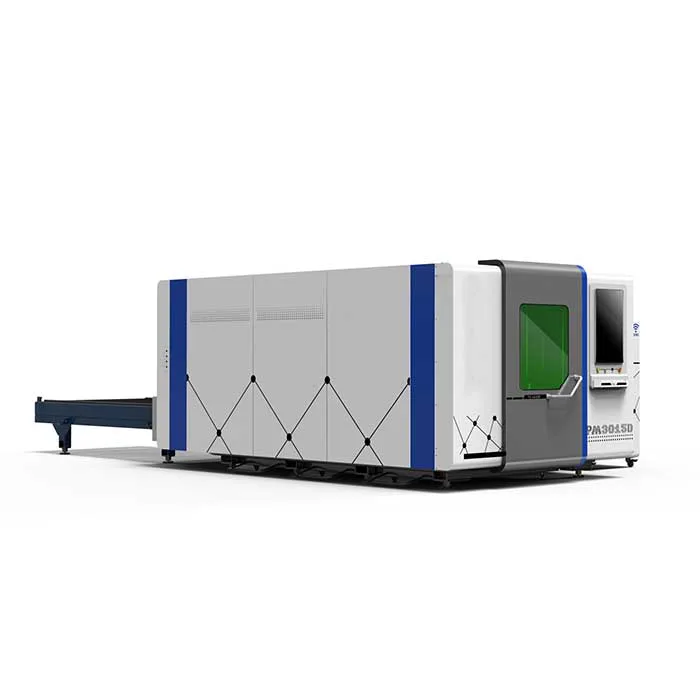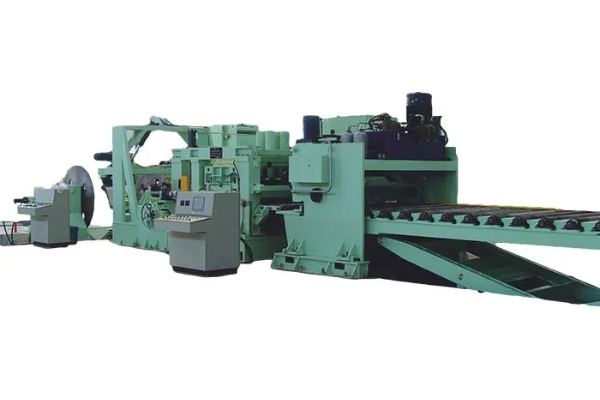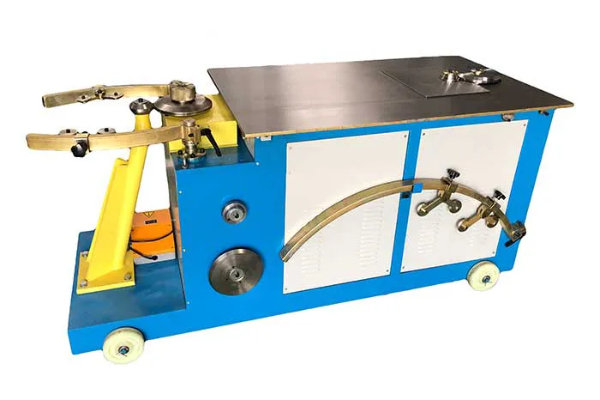
Best Practices for Operating and Maintaining Sheet Metal Rolling Machines
- By:Metmac
- 2024-09-12
- 156
Best Practices for Operating and Maintaining Sheet Metal Rolling Machines: A Comprehensive Guide to Maximize Performance and Safety
Introduction
In the realm of metal fabrication, sheet metal rolling machines are indispensable tools for shaping and bending sheet metal into intricate forms. However, operating and maintaining these machines requires a meticulous approach to ensure optimal performance, efficiency, and safety.
Operating Best Practices
– Proper Machine Setup: Ensure the correct tooling is installed for the desired bending parameters. Verify that the machine bed is level and the material supports are adequately aligned.
– Material Preparation: Clean the sheet metal and remove any burrs or debris that could interfere with the rolling process.
– Safe Operating Procedures: Wear appropriate personal protective equipment (PPE), including gloves, eye protection, and hearing guards. Keep fingers and clothing away from moving parts.
– Calibration and Maintenance Schedule: Regularly inspect and calibrate the machine according to the manufacturer’s guidelines to ensure accuracy and prevent downtime.
– Monitoring and Adjustment: Pay attention to the material as it rolls and make fine adjustments as necessary to achieve the desired bend angle and radius.
Maintenance Best Practices
– Lubrication: Regularly lubricate the machine’s moving components, including bearings, gears, and shafts, to minimize friction and wear.
– Cleaning: Regularly clean the machine bed, rollers, and other surfaces to remove dirt, chips, and debris that could affect accuracy.
– Frequent Inspections: Inspect critical machine components, such as the hydraulic system, electrical connections, and safety devices, for signs of damage or wear.
– Preventive Maintenance: Perform scheduled maintenance tasks, such as replacing worn parts, adjusting tension, and cleaning filters, to prevent costly breakdowns.
– Record Keeping: Maintain detailed maintenance logs that include inspections, repairs, and service dates to facilitate preventive maintenance and troubleshoot any issues.
By adhering to these best practices, operators can maximize the performance and safety of sheet metal rolling machines. Proper operation minimizes material waste, reduces the risk of accidents, and ensures that the machines deliver precise and consistent bending results. Regular maintenance ensures a long service life, minimizes downtime, and prevents unexpected breakdowns. Implementing these strategies is crucial for any metal fabrication shop seeking to optimize its sheet metal production processes.
-
Mastering Form and Force: A Guide to Modern Metal Plate Bending Machines
2025/12/16 -
Demystifying Sheet Metal Laser Cutting Machine Price: The METMAC Value Perspective
2025/12/16 -
Metal Sheet Machinery: The Engine of Modern Fabrication and the METMAC Advantage
2025/12/16 -
Beyond the Bend: The Power and Precision of the Modern Sheet Profile Machine
2025/12/16
-
Advanced Sheet Metal Rolling, Laser Cutting, and Folding Machines for Precision Fabrication
2025/10/31 -
High-Performance Sheet Metal Bending and Cutting Machines for Modern Fabrication
2025/10/31 -
High-Quality Sheet Metal Equipment for Sale: Efficient Solutions for Modern Manufacturing
2025/10/31 -
High-Performance Sheet Metal Equipment for Sale: Forming and Shearing Solutions for Modern Fabrication
2025/10/22
-
A Guide to the Latest Innovations in Sheet Metal Folding Machines
2024/11/29 -
Key Features to Consider When Investing in a Sheet Metal Folding Machine
2024/11/28 -
Enhancing Precision with Advanced Sheet Metal Folding Machines
2024/11/27 -
How to Choose the Right Sheet Metal Folding Machine for Your Workshop
2024/11/26







